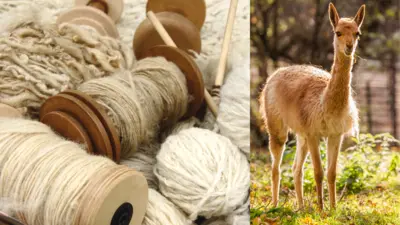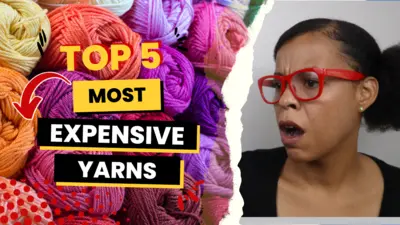Vicuña wool has long been considered among the world’s most luxurious yarns, prized for its softness and scarcity. Known as the ‘Gold of the Andes’, Vicuña is sought after by top fashion houses and knitters alike for its unique texture and warmth. Discover why this rare and expensive wool is so highly praised.
The most expensive wool in the world is made from vicuña wool. This wool is rare to find, and it’s very expensive. It’s soft and light, which makes it perfect for clothing. The price of this luxury yarn is $400 to $600 per kilo of unprocessed vicuña fiber. A pair of socks can cost $1000!

What is Vicuña?
What is Vicuña Wool? Vicuña wool is a very fine, cinnamon colored wool derived from the vicuña.
Vicuñas are a species of South American camelid that are native to the Andean region of South America. They are closely related to llamas, alpacas, and guanacos, and they are known for their fine, soft wool, which is considered to be the most expensive yarn in the world.

Vicuñas are found in a variety of habitats, including high-altitude grasslands, shrublands, and forests, and they are adapted to the harsh, dry conditions of the Andes. They are known for their small size, agile movements, and ability to survive in extreme environments.
This natural wool is extremely rare. This luxurious wool is highly prized for its lightweight texture and warmth – it is even warmer yet lighter than Merino wool. It is often used for high-end luxury garments due to its natural strength, sheen and rarity.
Harvested through shearing, vicuña wool fibers are used to make garments prized for their warmth and softness. Produced in mountainous Andean regions that experience freezing temperatures, vicuñas benefit from this unique fiber due to its ability to regulate their body heat.
The History and Origins of Vicuña Wool
The origins of the vicuña can be traced back to pre-Columbian times, when they were revered by indigenous peoples as a symbol of wealth and status. They were also an important source of food and clothing, as their wool was highly valued for its warmth and softness.
Vicuña wool has a long history of use by indigenous peoples in South America. It has been an important resource for clothing, blankets, and other textiles for thousands of years.
Indigenous communities have developed a deep understanding of the unique properties of vicuña wool and have developed traditional techniques for harvesting and processing it. They often rely on the vicuña for their livelihoods and have a strong cultural connection to the animals.
In the pre-Colombian era, vicuña wool was prized by the Inca people, as it was a symbol of wealth and stature. The Incas considered vicuña wool to be a coat of pure gold, and they reserved the privilege of wearing it for Incan royalty. A highly prized and expensive resource, they made sure that the opportunity was given only to them and their royalty. Millions of vicuñas roamed free in the high Andean region at this time.
In traditional societies, vicuña wool was considered a valuable commodity and was often used as a form of currency. It was also used in religious ceremonies and other important cultural events, as it was believed to have spiritual significance.
Today, many indigenous communities continue to rely on the vicuña for their livelihoods and are working to preserve their traditional techniques and cultural practices related to the use of vicuña wool.
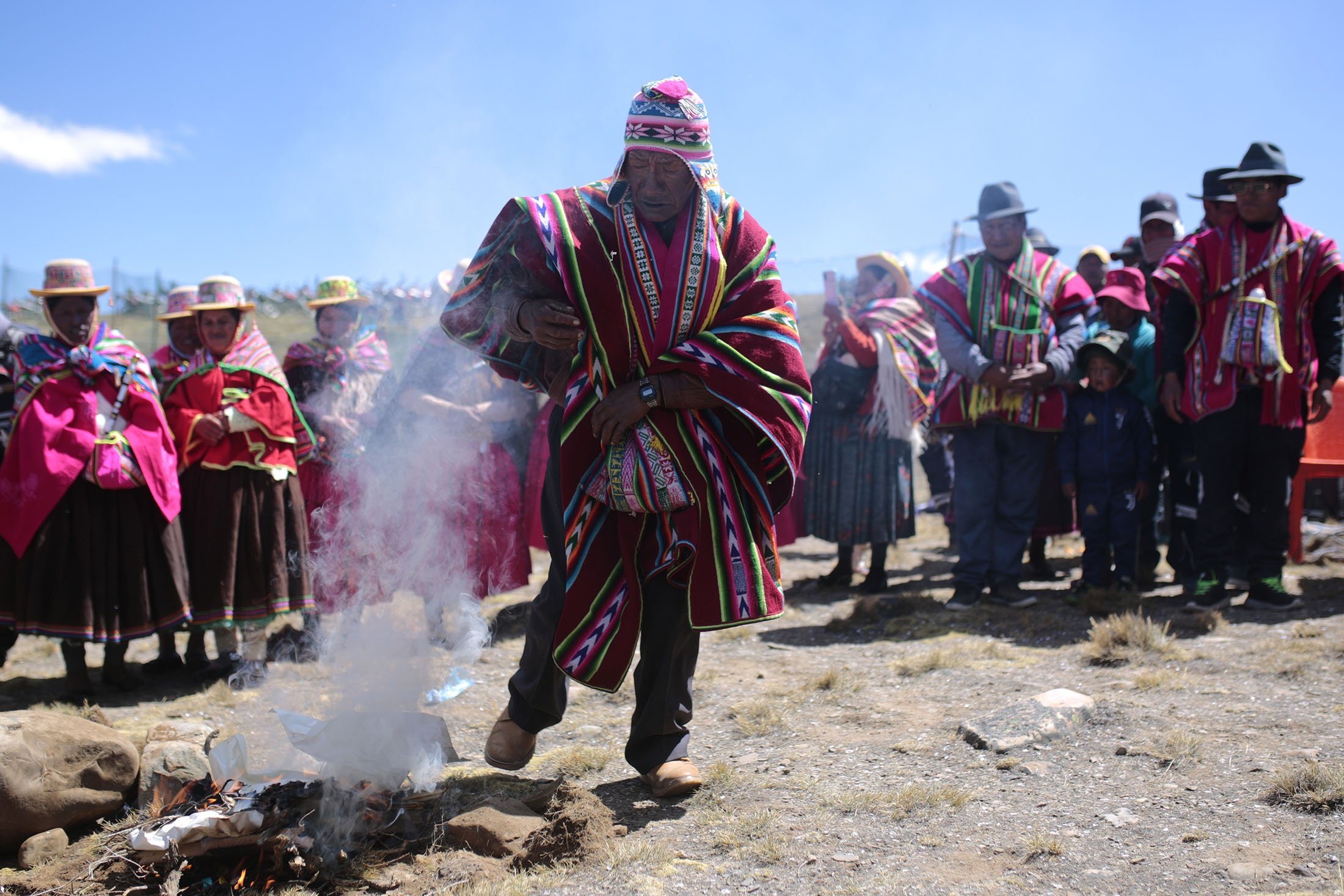
Sustainability of the vicuña wool industry
In recent years, the vicuña wool industry has undergone significant changes, as it has become more industrialized and commercialized. However, efforts are being made to preserve the traditional techniques and cultural significance of vicuña wool, as well as to ensure the sustainable management and conservation of the vicuña population.
Vicuña wool stands out because of its exceptional qualities. Lighter than any other wool, it is soft and light, yet it’s still able to keep you warm even in the coldest places on Earth.
Remember, this rare wool has a natural shine and rich sheen that make it so coveted and luxurious. It is also hypoallergenic, wrinkle-resistant and breathable, allowing your skin to remain cool during warmer climates or summer periods.
Its incredible insulation qualities make it the perfect choice for winter coats or luxury clothing. Because of this, in recent decades, demand for vicuña wool has increased dramatically.
Hunters had targeted this animal almost to extinction due to its lack of protection against their new weaponry.
From the early 1500s to 1964, hunting of the vicuña was unrestricted, which reduced its numbers to only 6,000 in the 1960s. As a result, the species was listed as endangered in 1974. Due to this, it is now prohibited to trade vicuña wool. In Peru, during 1964–1966, many national & world agencies joined together to establish a nature conservatory for the vicuña called the Pampa Galeras – Barbara D’Achille in Lucanas Province, Ayacucho.

Because of these smart actions, vicuñas cannot be domesticated. Now there are still some vicuña left today, so we can work towards restoring this once-valued resource.
Today, the vicuña is mainly wild, but the local people still perform special rituals with these creatures, including fertility rites.
How Vicuña Wool Is Harvested (Shearing)
Herding communities in the Apolobamba mountain range can only shear them once every two years. An entire community begins preparing to capture the herd a month in advance. In addition to monitoring the herd and tracking its movement, they must build a herding device so that a fleet of motorcyclists can move the vicuña into an enclosure.
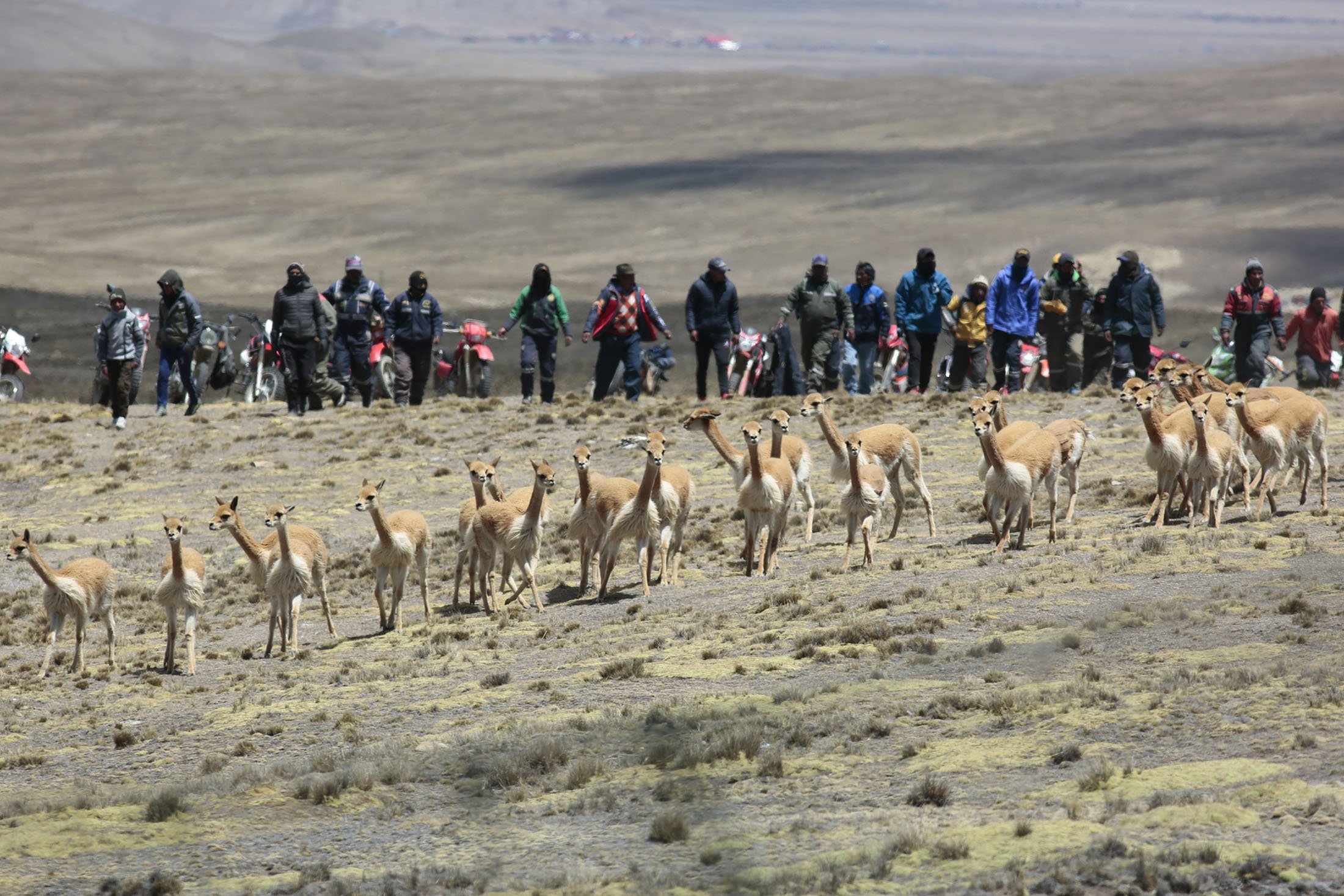
This is the most difficult part of the job, since the packs are scattered. Once the vicuñas are properly grappled, they can be sheared. Their fur must be at least 2½ centimeters long for collection.
Once they’re sheared, they undergo a health checkup, and then they’re released back into the wild. Bolivia offers three types of fiber: raw fiber, cleaned fiber, and pre-carding fiber.
Pre-carding fiber is the most expensive because it requires a process that involves manually removing bristles from the fleece. Pre-carding one to two fleeces takes a full day. After that, about 90% of it goes to Italy, and the rest is shipped to other countries for further processing.

The Price Tag for This Luxury Yarn.
Vicuña is a type of animal fiber that can cost $300 to $500 per raw kilo. This price is justified because the vicuña only produces 200 grams of fiber every three years, making it scarcity in clothes production obvious. Because of its fine short hairs, the yarn is also difficult to spin. Consequently, products made from it are much sought after for their quality.
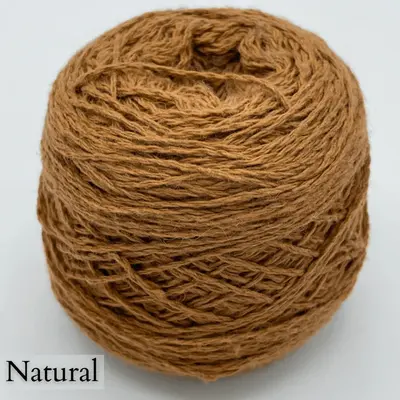
The price tag of Vicuña wool is understandably high due to its scarcity and exclusiveness. A single vicuña scarf can cost up to $3,000 if not more! It is simply one of the most expensive yarns in the world, so could be seen as an investment piece for many avid crafters or shoppers. However, this astronomical price does reflect its incredible quality, softness and insulation properties.

How to Care for Your Garments Made From Vicuña Wool.
With the astronomically high price, it’s only natural to want to ensure you do your best to care for articles of clothing made with vicuña wool. Firstly, avoid home washing, as water may cause the shrinkage due to the delicate nature of this yarn. Placing in the dryer will exasperate the problem by felting.
Vicuña should never be subject to standard dry cleaning methods, there are only a few dry cleaning firms in the world who understand this. Instead, just air it out and brush periodically. Additionally, store in a cool, dark place away from insects and moths. Avoid direct sunlight, as that also has an adverse effect on the softness and shine of Vicuña yarn.
Conclusion
In conclusion, vicuña wool is a truly unique and valuable resource that has a rich history and cultural significance. It is highly sought after for its softness, warmth, and durability, and it is considered to be the most expensive yarn in the world.
Despite the changes that the vicuña wool industry has undergone in recent years, efforts are being made to preserve the traditional techniques and cultural practices related to the use of vicuña wool. This includes protecting the vicuña population and habitat, ensuring the ethical treatment of the animals, and supporting local communities and indigenous traditions.
Looking to the future, it is clear that the demand for vicuña wool will continue to grow as consumers become more aware of its unique qualities and the efforts being made to ensure its sustainability. The future looks bright for this luxurious and highly prized fiber.
FAQ
I. What is vicuña wool?
Vicuña wool is a type of fiber that is harvested from the vicuña, a species of South American camelid that is native to the Andean region of South America. It is known for its softness, warmth, and durability, and it is considered to be the most expensive yarn in the world.
II. How is vicuña wool harvested?
Vicuña wool is traditionally harvested through a process known as “shearing,” which involves gently clipping the wool from the animal’s underbelly and chest. This process is typically done every two to three years and is designed to minimize stress to the animal.
III. What makes vicuña wool so expensive?
There are several factors that contribute to the high price of vicuña wool. One of the main reasons is that it is incredibly rare and difficult to obtain. Vicuñas are found in limited numbers and are only found in certain parts of South America, which makes their wool scarce. Additionally, the process of harvesting and processing vicuña wool is labor-intensive and requires skilled craftsmanship, which adds to the cost.
IV. Is vicuña wool sustainable?
Efforts are being made to ensure the sustainable management and conservation of the vicuña population, as well as to support local communities and indigenous traditions. This includes protecting the vicuña habitat, ensuring the ethical treatment of the animals, and promoting sustainable production practices.
V. How is vicuña wool used?
Vicuña wool is used in a variety of applications, including clothing, blankets, and other textiles. It is highly prized for its softness, warmth, and durability, and it is often used in high-end fashion and luxury products.
If you would like to learn more about the top 5 most expensive yarns in the world, then click HERE.
Happy Crocheting!
Psst… If you love free crochet patterns (I know…duh) make sure to follow my blog on Facebook, Instagram, or Pinterest! Littlejohn’s Yarn posts original designs and free crochet pattern round-ups regularly for you to enjoy.

